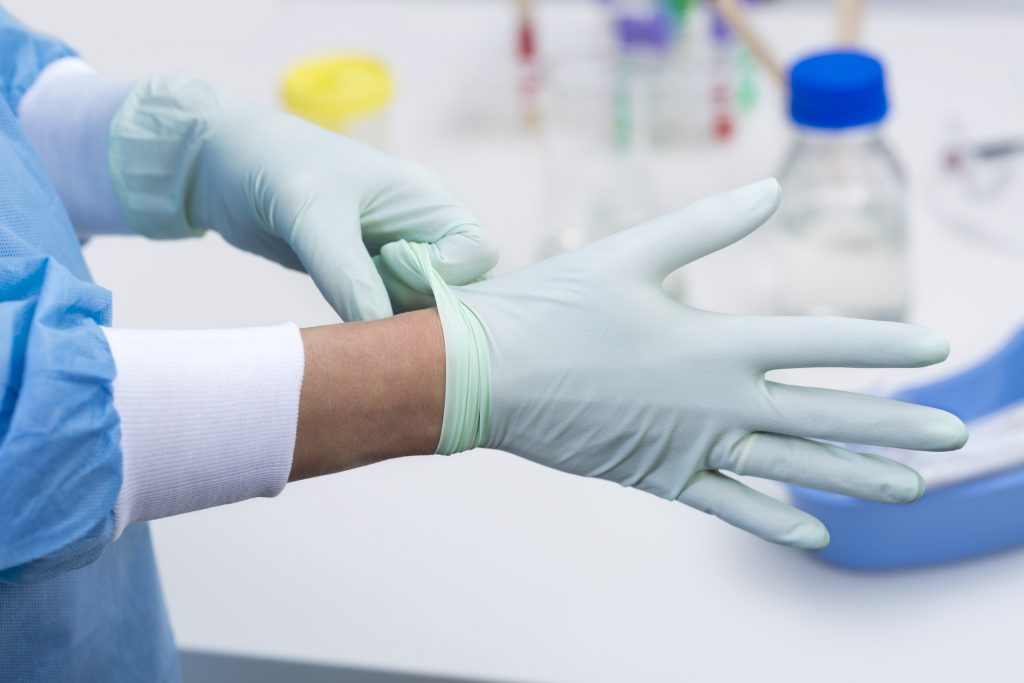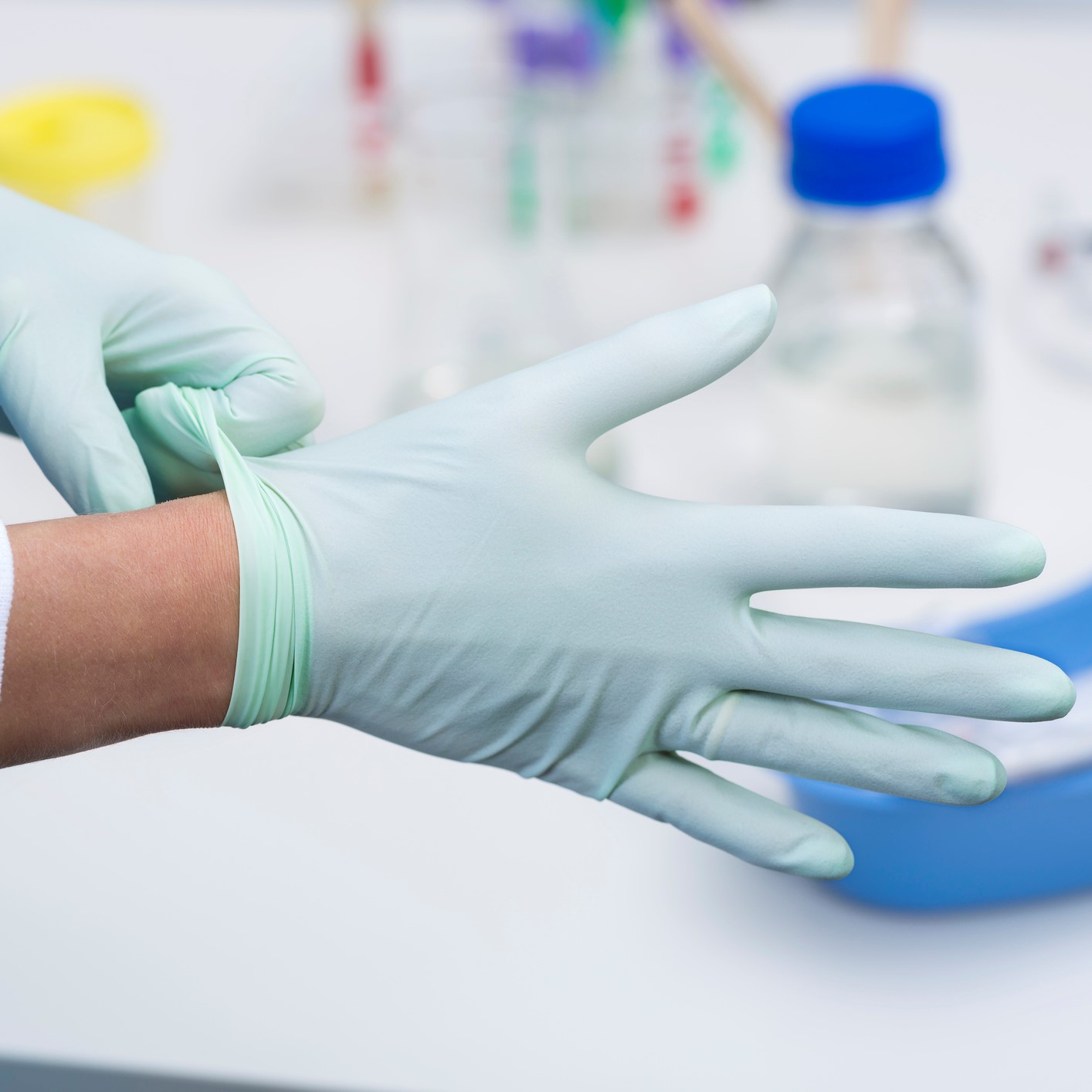Medication

When someone has an allergy to medication, their immune system reacts to a drug.
- Prescription and over-the-counter drugs can cause an allergic reaction, such as antibiotics or ibuprofen.
- Symptoms of an allergic reaction usually happen within minutes of exposure to an allergen; in other cases, they appear within several hours.
Safety tips
- Make sure you and your family members know the names of the drug or drugs that you are allergic to.
- Inform all healthcare providers about your drug allergy.
- Wear medical identification (such as a MedicAlert® bracelet) so that people will know about your allergy if a reaction occurs.
- Learn the signs and symptoms of anaphylaxis.
- If you are experiencing symptoms of anaphylaxis, give epinephrine and call 9-1-1.
- You can develop an allergic reaction to a medication after taking it for several weeks or even if you have taken it before without incident.
Insect stings

When someone has an allergy to insect stings, their immune system reacts to the venom of stinging insects such as yellow jackets, wasps, hornets and honeybees.
- The most common sources of allergy from insect stings are honeybees, bumblebees, yellow jackets, hornets, wasps, or fire ants.
- An allergic reaction to an insect sting can be life-threatening. Symptoms can be similar to those caused by a food allergy.
- Insect allergy can develop at any age in life.
- If you have been diagnosed with an insect allergy, always carry your auto-injector.
- The risk of insect stings is generally higher during warmer months.
Safety tips
- Hire a professional to remove insect hives and nests near your home.
- Avoid perfumes or shampoos with a fruity or floral scent.
- Check inside of your beverage can or glass before drinking when outdoors.
- Cover food containers and trash cans tightly or move as needed.
- Wear closed-toed shoes when walking outside.
- Keep your windows closed when driving.
- Carry your auto-injector at all times and wear medical identification (such as a MedicAlert® bracelet).
- People who are allergic to insect stings can speak to an allergist to find out if they can benefit from venom immunotherapy, a highly effective treatment for preventing future allergic reactions to insect stings.
- Venom immunotherapy is an allergy desensitizing process where an allergist gradually administers stronger doses of insect venom over time.
Latex

When someone has an allergy to latex, their immune system reacts to the proteins found in natural rubber latex. Natural rubber latex comes from the sap of the rubber tree and it should not be confused with synthetic rubber made from chemicals. Synthetic rubber products are not made with natural latex.
- Reactions are caused by exposure to latex products or the inhalation of airborne latex particles.
- Some people with latex allergy may also be allergic to certain foods that are structurally similar to latex. These foods include apple, avocado, banana, carrot, celery, chestnut, kiwi, melons, papaya, potato (raw), and tomato.
- Latex is a common component of many medical and dental supplies. These include disposable gloves, dental cofferdams, airway and intravenous tubing, syringes, stethoscopes, catheters, dressings and bandages.
- Latex also is found in many consumer products like erasers, garden hoses, handbags, balloons, athletic shoes, tires, tools, underwear leg and waistbands, rubber toys, baby bottles, teething rings, and pacifiers.
Safety tips
- Tell your doctors, dentists, and nurses about your allergy.
- Carry non-latex gloves so that you have them in case of emergency.
- Avoid latex bandages and carry some non-latex bandages with your auto-injector.
- Always carry your auto-injector and wear medical identification (such as a MedicAlert® bracelet).
- Research has found that most latex allergy occurs in people who have been exposed to latex often, such as healthcare workers, people who have had multiple surgeries (for example, more than 10), people who are often exposes to natural rubber latex (e.g. rubber industry workers).
- Many hospitals and clinics now use non-latex gloves and products.
- Latex is a common component of many medical and dental supplies. These include disposable gloves, dental dams, airway and intravenous tubing, syringes, stethoscopes, catheters, dressings and bandages.
- Latex also is found in many consumer products like handbags, balloons, athletic shoes, tires, tools, underwear leg and waistbands, rubber toys, baby bottles, and pacifiers.
Exercise

Exercise-induced anaphylaxis (EIA) is rare. For some people, exercise alone can cause a reaction within 45 minutes to an hour of starting to exercise. For others, eating a specific food up to a few hours before or after exercising triggers a reaction. The food combined with exercise causes symptoms whereas either exercising or eating the food alone does not.
Your allergist will provide guidelines for you to follow when exercising and will prescribe an epinephrine auto-injector which you should always carry with you.
Unknown (idiopathic)

The term “idiopathic” means without cause. Idiopathic anaphylaxis is a rare condition in which anaphylaxis occurs and there is no known trigger. It is diagnosed when a cause cannot be determined.
Your allergist will take a thorough history of your health, conduct a physical exam, and run other tests (such as allergy testing) to rule out common allergens and other diseases. Individual treatment for idiopathic anaphylaxis depends on the frequency and severity of the reactions.

